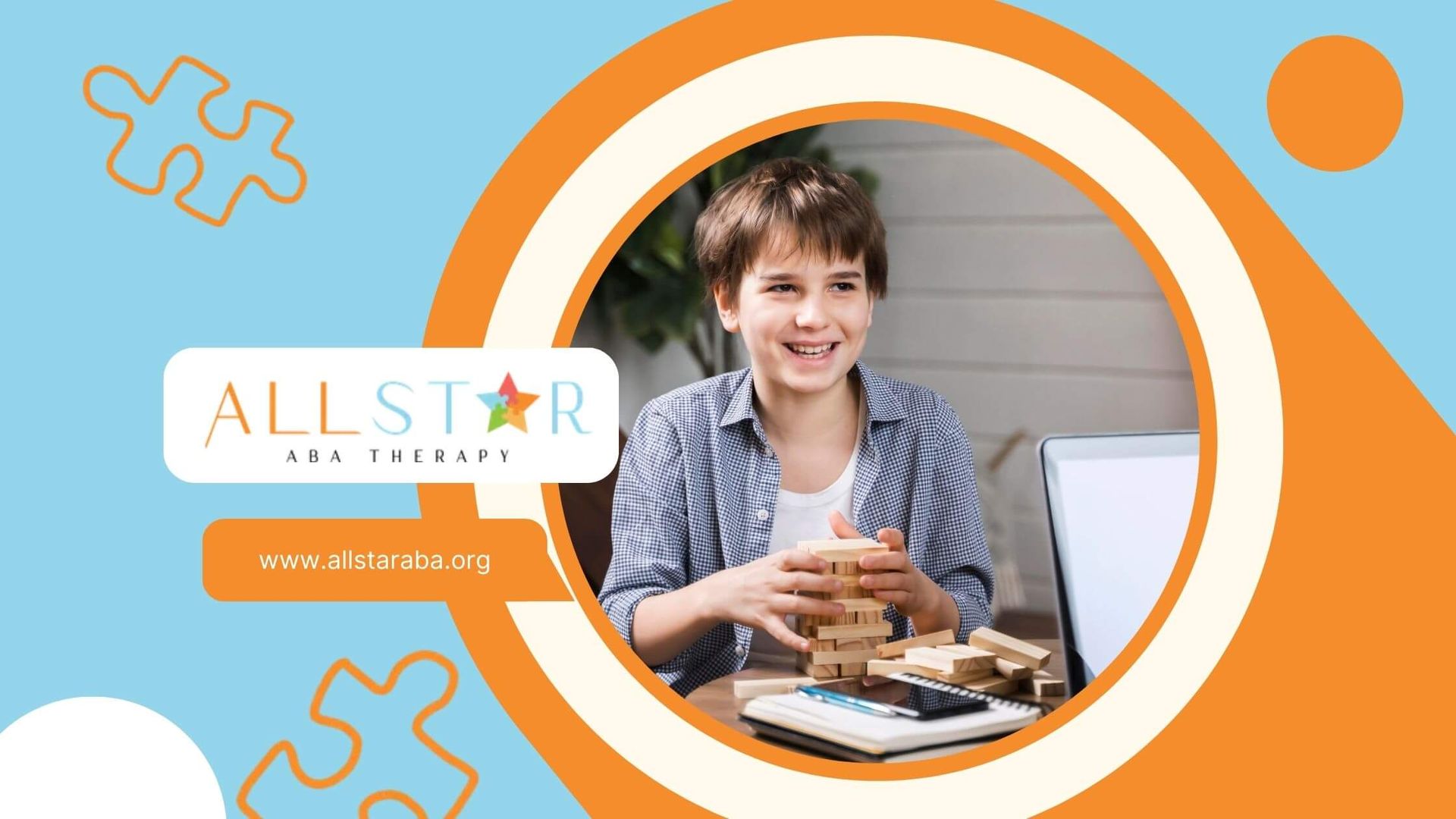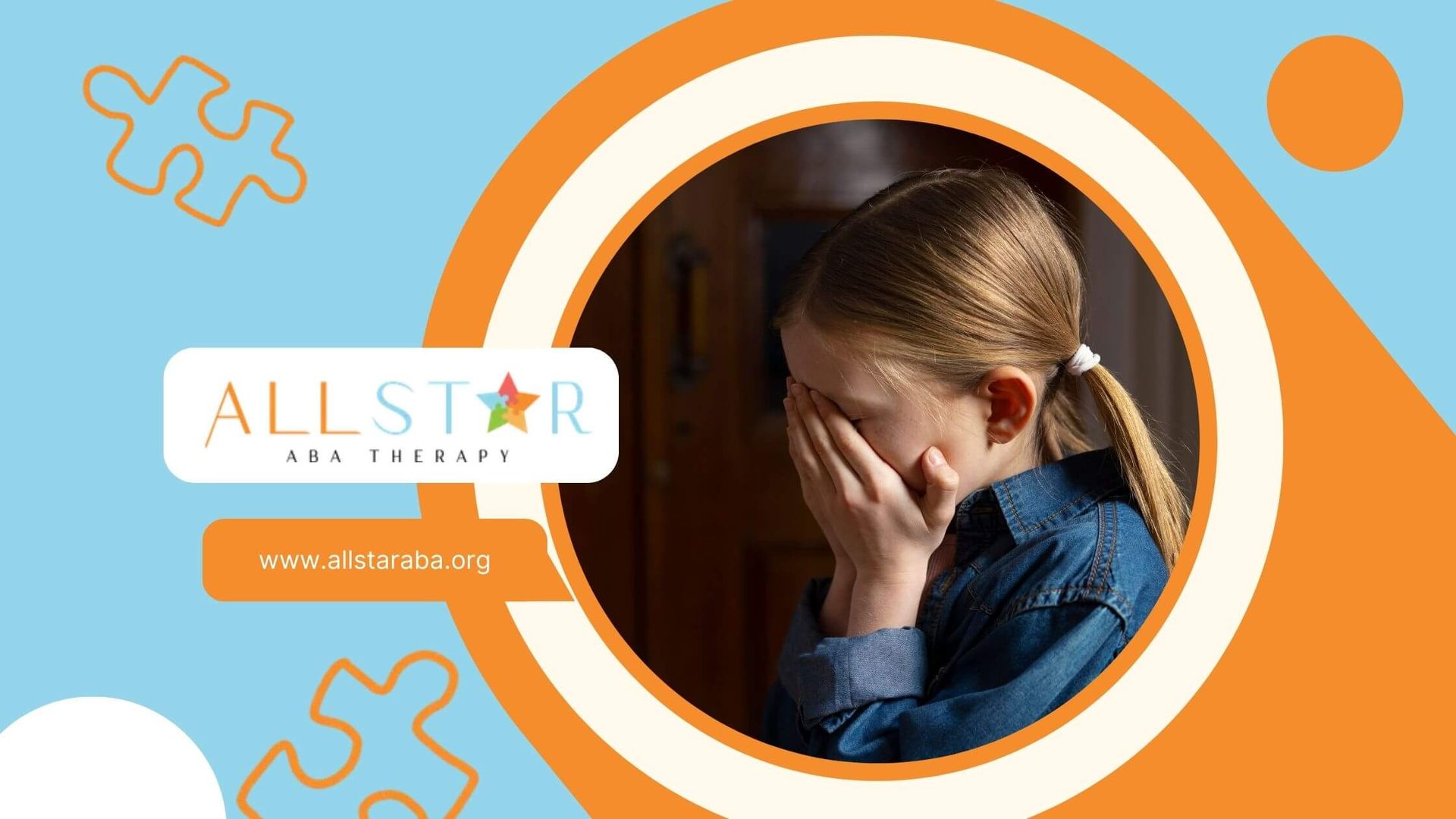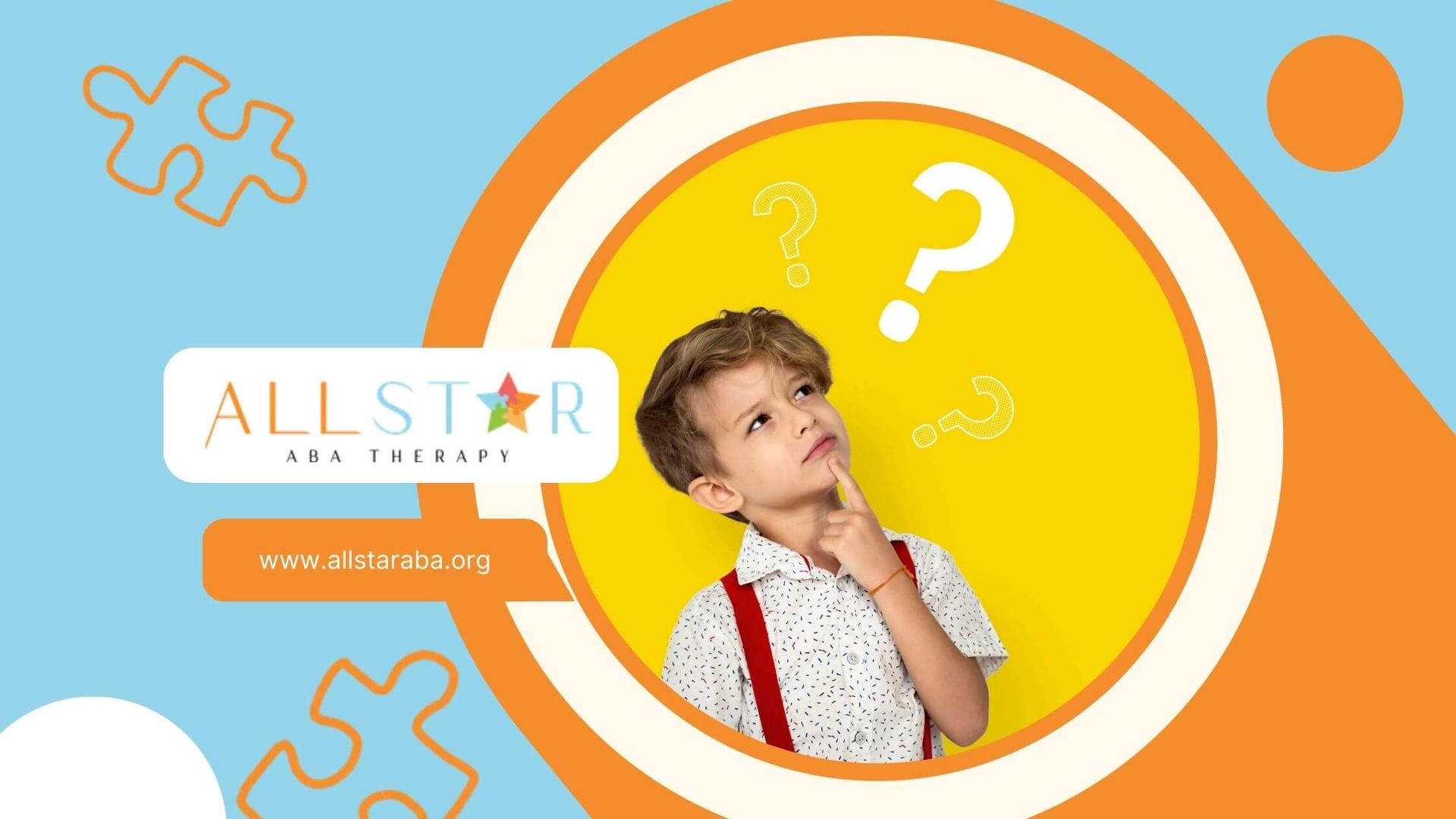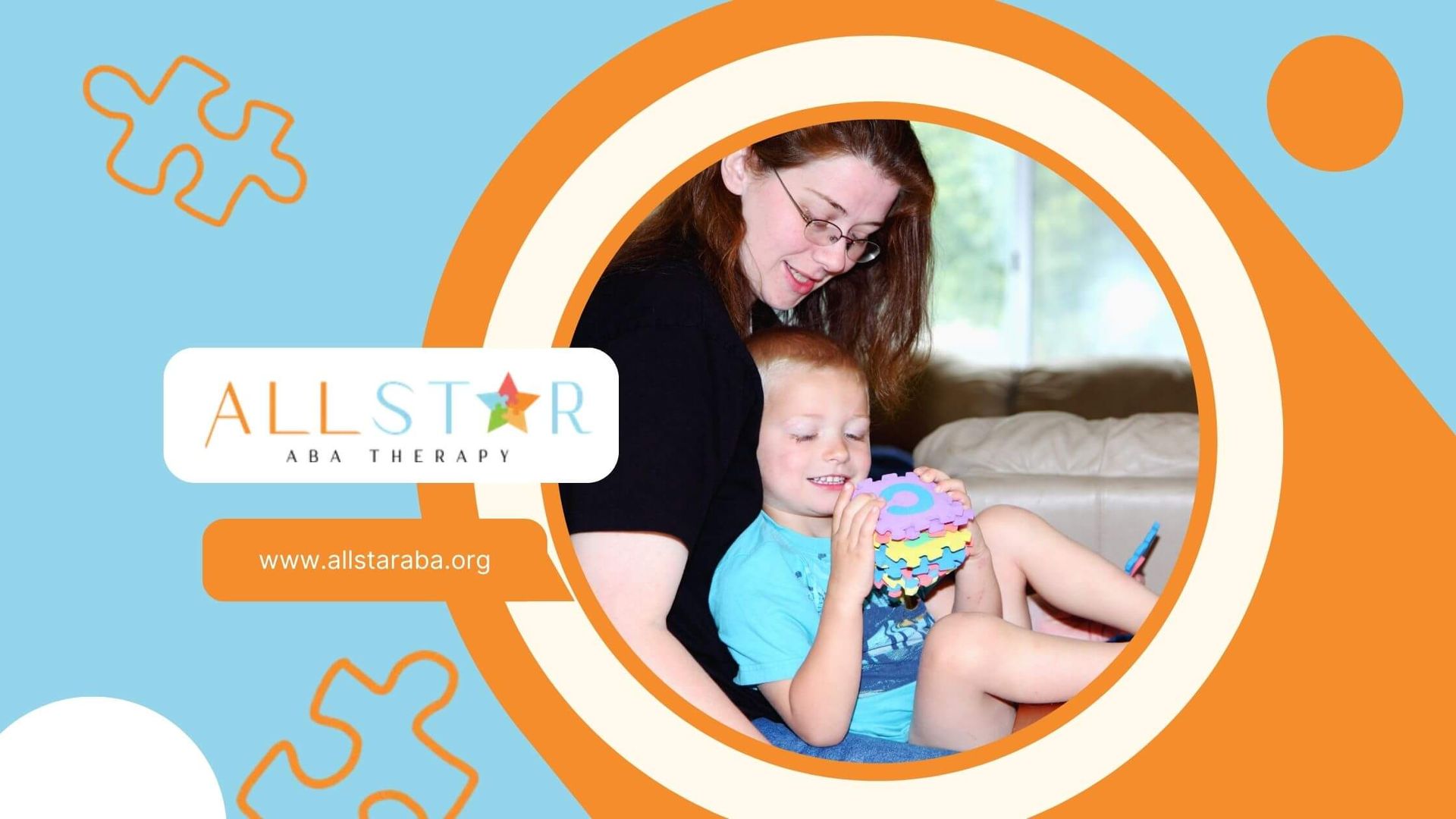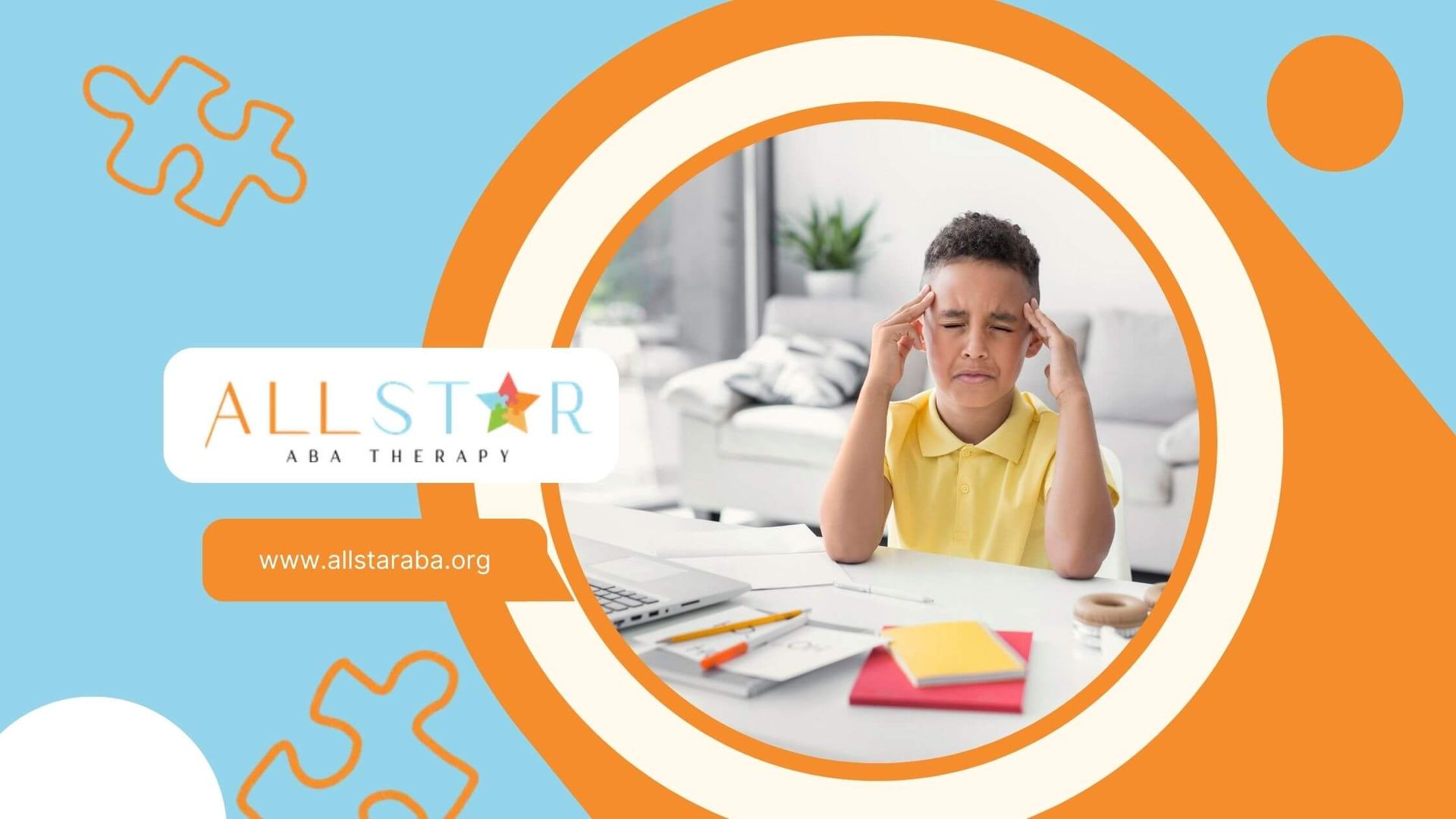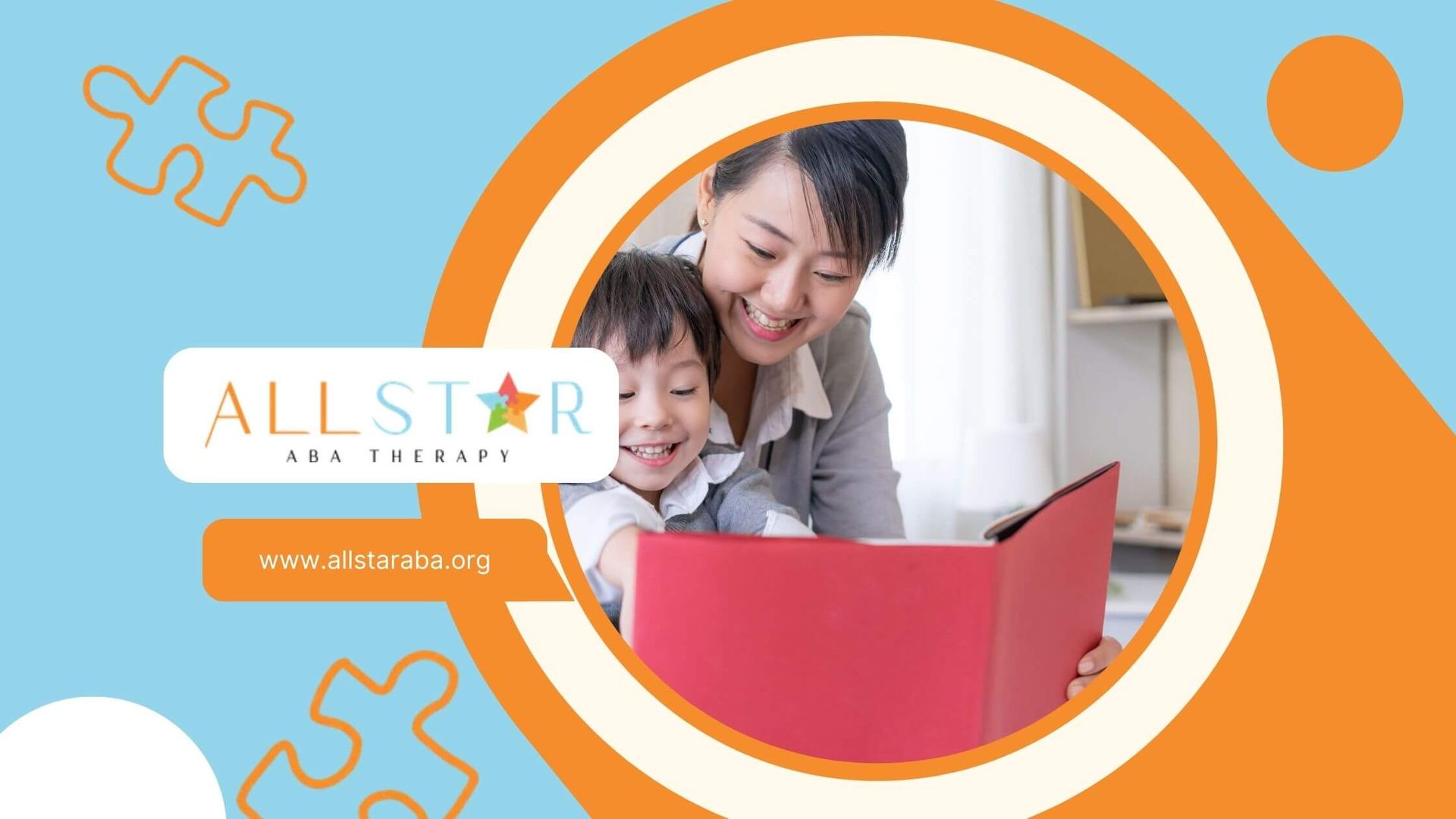New Paragraph
Finding the Best Learning Path for Autistic Children: A Parent’s Guide
Key Highlights
- Autistic children benefit from tailored education plans, such as Individualized Education Plans (IEPs), to address their individual needs and unique strengths.
- Public schools provide access to inclusion classrooms, ABA therapy, resource rooms, and functional support to help autistic students succeed academically and socially.
- Private schools offer smaller class sizes and personalized learning environments, with some schools specializing exclusively in autism spectrum disorder.
- Homeschooling provides flexibility with customized learning environments, allowing parents to support sensory and emotional needs directly.
- Hybrid models combine structured settings with therapeutic support, integrating community resources like occupational and ABA therapy.
Finding the right educational approach for your autistic child is a decision that will shape their development for years to come. Whether through public education, private schooling, or a more flexible homeschooling approach, it’s important to tailor the plan to your child’s needs.
I've worked with clients in both in-home and center-based ABA therapy who thrived in smaller, more structured private school settings.
One young girl with autism, who had difficulty transitioning between activities, was able to excel academically and socially when given a predictable routine and individualized instruction. This experience taught me just how important it is to customize each child’s learning environment for optimal success
In this blog, we’ll dive into the top educational choices available for children on the autism spectrum, breaking down each option and offering a comprehensive look at what works best for supporting their unique needs.
Understanding Autism and Its Impact on Education
The Challenges of Autism in the Classroom
Autism spectrum disorder (ASD) impacts how children learn, process information, and engage with others. Many children with autism struggle with sensory processing, emotional regulation, and executive functioning.
These challenges can significantly affect how they experience education.
For example, during my time working as a BCBA, I supported a child who was incredibly intelligent but struggled to transition between tasks. Their anxiety would skyrocket whenever the schedule changed, making it difficult for them to focus on new tasks.
Through the use of visual schedules and a consistent routine, we were able to reduce anxiety and improve transitions, allowing the child to engage more fully in learning.
Building Supportive Educational Plans
An effective educational plan for a child with autism requires a deep understanding of how autism affects their interaction with the world.
For instance, a structured environment with clear expectations and routines can help children feel secure, thus promoting better focus and participation. Using tools like visual aids, sensory breaks, and individualized instruction can go a long way in addressing their needs.
How Autism Affects Learning Styles and Socialization
Sensory Needs in Learning
Children with autism often have unique sensory processing needs, which can significantly impact their ability to learn in traditional classroom settings.
Bright lights, loud noises, or even the feel of certain textures can be overwhelming. To create an effective learning environment, it’s important to modify these stimuli when possible.
In my experience, sensory accommodations like noise-canceling headphones, weighted blankets, and fidget tools can help students stay calm and focused. One of my students, for example, thrived when allowed to sit in a quiet, low-stimulation corner of the classroom when they became overwhelmed.
Socialization: Navigating Interactions
Socialization can be another challenge for children with autism. Many struggle to read social cues and understand the unwritten rules of communication. This can lead to difficulties in forming friendships and interacting with peers.
I’ve seen how structured social skills training and peer modeling can make a significant difference. For instance, in a group therapy session, I’ve had peers model appropriate conversation skills for an autistic child. Over time, this helped the child practice initiating and responding to social interactions in a more confident and appropriate way.
Key Principles for Educating Autistic Children
Creating a Supportive Environment
The foundation of a successful education plan for children with autism lies in providing an environment that is structured, predictable, and supportive.
This means incorporating elements such as quiet spaces, consistent routines, and clear instructions. It’s essential to build on the child’s strengths and incorporate visual supports that are easy for them to understand.
For example, I had a client in home-based ABA therapy who was visual and learned best through pictures. By using picture cards and visual timetables, we were able to enhance their understanding of tasks and reduce anxiety. This personalized approach helped them feel more confident and engaged in class.
Positive Reinforcement and Behavior Analysis
One of the most effective tools in educating children with autism is applied behavior analysis (ABA), which focuses on reinforcing positive behaviors and teaching new skills. ABA helps children with autism build foundational skills in communication, socialization, and academics.
Incorporating ABA into educational plans provides students with clear expectations and consistent feedback. Over the years, I’ve seen firsthand how small steps and consistent reinforcement lead to significant improvements in student behavior and learning outcomes.
Importance of Individualized and Student-Centered Approaches
The Need for Tailored Education Plans
An individualized education plan (IEP) is critical for children with autism. These plans are designed to meet the unique learning needs of each child, whether they need help with academic subjects, emotional regulation, or social skills. Tailored learning approaches ensure that children receive the support they need to succeed in school.
When working with children with autism, I always emphasize the importance of flexibility in IEPs. Some children need more time to process information, while others benefit from hands-on learning. The key is to make adjustments to the plan as the child progresses, ensuring that the learning experience remains aligned with their needs.
Supporting Sensory and Emotional Needs in the Classroom
Sensory-Friendly Learning Spaces
To support children with autism in the classroom, sensory accommodations are crucial. Adjustments to lighting, noise levels, and seating arrangements can help reduce sensory overload, allowing children to focus better and engage more fully in lessons.
Creating a sensory-friendly environment can make all the difference in a child’s ability to thrive in a traditional classroom.
I’ve worked with children who became anxious when exposed to fluorescent lights or excessive noise. By offering noise-canceling headphones and providing a designated sensory room, I was able to help them feel more comfortable and reduce their stress levels.
Emotional Regulation and Social Supports
Emotional regulation is another vital area that needs to be supported in the classroom.
For many children with autism, shifting from one activity to another or handling unexpected changes in routine can cause significant distress. Social stories, visual schedules, and coping strategies are tools that can help children better manage their emotions and transitions.
I’ve also found that peer interaction during group activities can improve emotional regulation. By teaching children how to navigate social situations with their peers, we provide them with the skills they need to form meaningful connections.
Public School Options for Autistic Children in the U.S.
General Education vs. Specialized Support
Public schools in the U.S. offer a variety of options for children with autism. Some students with autism benefit from inclusion classrooms, where they can interact with neurotypical peers while receiving additional support, such as paraprofessionals or tailored instruction.
For example, I’ve worked with children who thrived in inclusive settings, benefiting from peer models and the additional social opportunities. On the other hand, some children with autism may require more specialized support, which can be found in resource rooms or self-contained classrooms.
Private and Specialized School Alternatives
The Role of Private Schools
Private schools can offer a more personalized learning experience, with smaller class sizes and specialized programs tailored to children with autism. Many private schools focus exclusively on students with autism spectrum disorder, providing targeted interventions like ABA therapy and speech therapy.
These schools often provide an environment that is more conducive to meeting the specific needs of autistic students. Smaller class sizes allow for individualized attention, and staff trained in autism spectrum disorders can offer better support.
Homeschooling and Hybrid Learning Models
Homeschooling: Flexibility and Personalization
For many families, homeschooling provides the flexibility to design a learning environment that suits their child’s sensory needs and learning style. It allows parents to tailor the curriculum to their child’s pace and focus on specific areas where their child may need additional support.
Homeschooling also offers the opportunity to integrate therapies, like ABA and occupational therapy, directly into the learning process. I’ve seen how this approach can work well for children who need more individualized attention and thrive in a less distracting environment.
Hybrid Models: Best of Both Worlds
Hybrid learning models, which combine traditional schooling with homeschooling, offer an ideal balance for some families.
Children can engage with a traditional classroom setting while also benefiting from individualized learning and therapeutic support at home. This model offers flexibility and a more balanced approach to meeting a child’s academic and emotional needs.
Conclusion
Choosing the best educational path for an autistic child requires thoughtful consideration of their unique needs. Whether it’s a public school, private school, or homeschooling, the most important factor is ensuring that the educational plan aligns with the child’s strengths and needs.
Every child is different, and with the right support, children with autism can thrive in their learning environments and build meaningful connections.
If you're looking for more guidance on how to support your child's learning, reach out to All Star ABA. Our team of experts is here to provide individualized support, including in-home therapy, educational consultations, and much more.
With a personalized approach tailored to your child's unique needs, we can help them thrive academically, socially, and emotionally. Contact us today to schedule a consultation and start your child on the path to success!
Frequently Asked Questions
What factors should parents consider when choosing an educational setting for an autistic child?
Parents need to see what their child’s sensory needs are. They should also think about the child’s social skills and learning goals. Parents need to choose programs that focus on education plans made just for their child. These programs should have things like aba therapy and sensory-friendly spaces. Make sure to talk often with the school. This helps the school’s plan to fit what your child needs for their learning.
Can autistic children succeed in mainstream public schools?
Autistic students can do well in mainstream classrooms when they have structured education plans and the right help for their needs. Sensory accommodations and teachers who are trained to work with them make a big difference. In these classes, social interaction is encouraged. Students can get extra support as they work to meet their education goals in this general education setting.
How do I know if homeschooling is the right fit for my autistic child?
See how your child reacts to places with less noise and busyness, and also use consistent routines. Homeschooling can be a good option if you have a set plan for lessons. You should also include therapy and time for your child to be with other people. When you mix all these things together, you give your child a better chance to learn in a good way.
Sources:
- https://www.nu.edu/blog/4-teaching-strategies-for-students-with-autism/
- https://kidshealth.org/en/parents/autism-factsheet.html
- https://www.autismparentingmagazine.com/best-curriculum-for-your-child-with-autism/
- https://www.autismspeaks.org/autism-and-education
- https://www.nhs.uk/conditions/autism/autism-and-everyday-life/school/
Need Support?
We're Here to Help!
Our experienced team is ready to assist you. Reach out today to discuss how we can support your child's development and well-being.
Get started with expert ABA therapy today.



